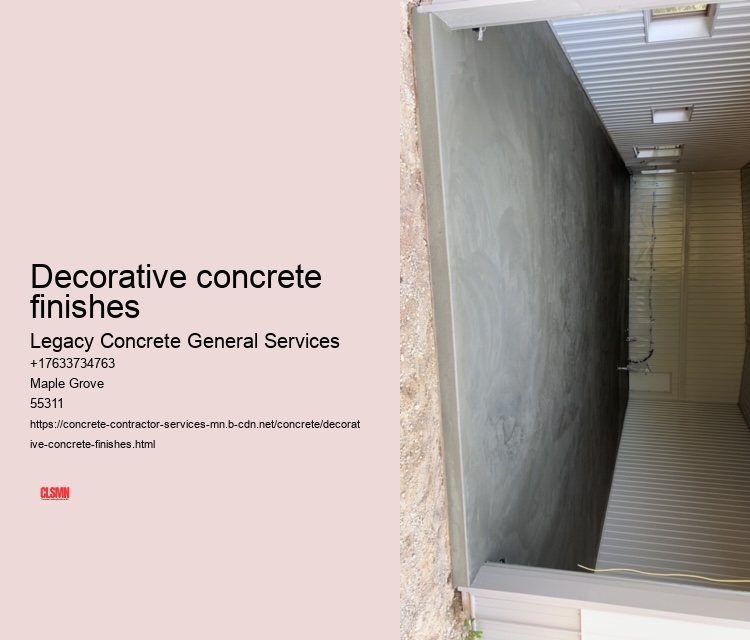Decorative concrete finishes have revolutionized the way we think about construction and design, turning what was once a strictly utilitarian material into a canvas for creativity and innovation. Concrete, long associated with functionality and durability, has undergone a transformation in recent decades. Driveway Installation Today, it is not only valued for its strength and resilience but also celebrated as an aesthetic element that can enhance both residential and commercial spaces.
At its core, decorative concrete refers to the use of specialized techniques to add texture, color, patterns, or designs to the surface of traditional concrete. What sets this type of finish apart is its ability to blend practicality with beauty. Whether used indoors or outdoors, decorative concrete offers endless possibilities for customization, allowing homeowners, architects, and designers to achieve unique looks tailored to specific tastes and preferences.
One of the most popular types of decorative finishes is stamped concrete.
Decorative concrete finishes - Driveway Installation
- Painters
- Driveway Installation
- Truck
- Cement
Another widely used option is stained concrete. Concrete staining uses chemical or water-based stains to penetrate the surface and create rich hues that range from earthy tones like browns and grays to vibrant blues and greens. Acid-based stains react chemically with the minerals in the concrete to produce unique marbled effects that cannot be replicated exactly in any two projects. On the other hand, water-based stains offer more uniform coloring options while still providing versatility in design. Stained concrete floors are commonly found in modern homes as well as retail spaces due to their sleek appearance and easy upkeep.
Polished concrete represents yet another popular choice for decorative finishes. Through a process involving grinding down the surface with progressively finer diamond-tipped tools until it achieves a smooth sheen or high-gloss finish, polished concrete delivers a sophisticated look reminiscent of polished stone or marble. It's particularly favored for contemporary interiors in both residential and commercial settings because it reflects light beautifully while being incredibly durable.
For those seeking texture rather than shine or color alone, exposed aggregate finishes offer an excellent solution. This method involves removing the top layer of cement paste from freshly poured concrete to reveal embedded stones or aggregates beneath. Cement Exposed aggregate creates an interesting tactile quality often used on outdoor surfaces like pathways or courtyards where slip resistance is key.
Beyond these common techniques are newer innovations such as stamped overlays-thin layers applied over existing slabs-and decorative engraving that allows intricate patterns like logos or custom designs to be carved into hardened surfaces. Truck Other advanced methods include metallic epoxy coatings that create shimmering effects perfect for statement pieces in interior spaces.
The advantages of decorative concrete extend beyond aesthetics alone; they also include longevity and cost-effectiveness compared to alternative materials like hardwood flooring or natural stone pavers. Additionally, many options are environmentally friendly since they utilize existing substrates rather than requiring entirely new materials-a growing consideration in sustainable building practices today.
Perhaps one reason why decorative concretes have gained such widespread popularity lies in their adaptability across styles-from rustic farmhouse patios with faux wood planks made from stamped cement all way up ultra-chic urban lofts featuring polished glossy floors finished w/epoxy resin!
As technology advances continue expanding potential creative applications likewise demand skilled professionals adept implementing these features grows significantly!
